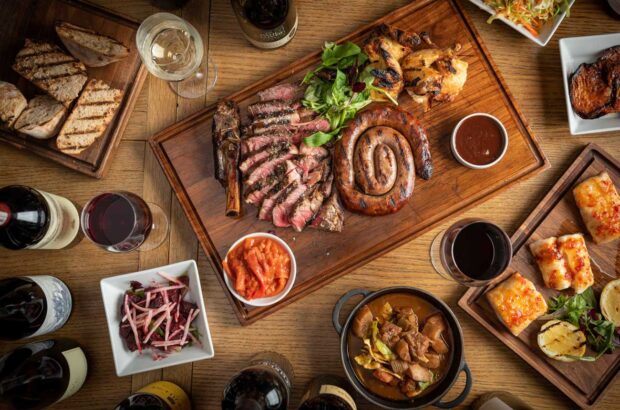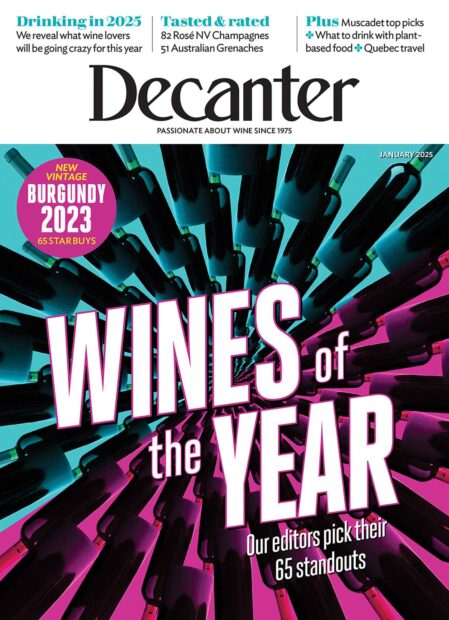Seventy years after Allied forces crossed the English channel to begin their bloody D-Day assault on Nazi-controlled Europe, the new issue of Decanter magazine looks back at how France's Champenois dealt with their German occupiers.
Nazis dining at the Berlin opera during World War Two. Image credit: Art Media/ Print Collector / Getty Images
By the time the French city of Reims was liberated in August 1944, many Champagne houses and growers had spent four years playing a game of high stakes cat-and-mouse with the local Nazi ‘wine fuhrer’, Otto Klaebisch.
As Julian Hitner writes in a feature published in the July issue of Decanter magazine, it was Klaebisch’s job to keep the Nazi empire topped up with France’s finest Champagnes. At its peak, Klaebisch was demanding 400,000 bottles per week.
In response, many Champenois resorted to subterfuge to try to protect their most precious vintages and cuvees.
As noted in the book Wine & War by Don & Petrie Kladstrup, some built fake walls in their cellar to hide their best stocks, while others intentionally mislabelled bottles.
On more than one occasion, Klaebisch suspected he was being duped. ‘How dare you send us fizzy dishwater?’ he asked 20-year-old Francois Taittinger.
‘Who cares? It’s not as if it’s going to be drunk by anyone who knows anything about Champagne,’ replied the young Taittinger, who was subsequently thrown in prison for several days.
A key figure during the occupation years was Count Robert-Jean de Vogue, who was instrumental in pulling producers together to found the Champagne council, CIVC, in 1941, as a way of presenting a united front to Klaebisch.
Read the full feature on life in Champagne during World War Two in this month’s Decanter magazine, out now. Click here to subscribe Decanter magazine.
Written by Chris Mercer







